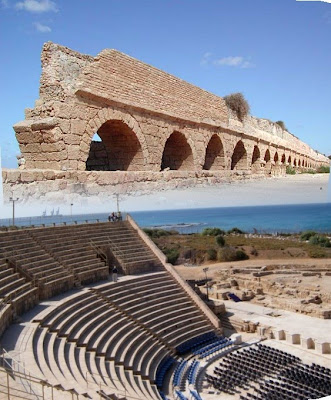Last week I was in Prague (the capital of the Czeck Republic). That's a lovely city with very impressive architecture and lots of attractions.
The weather was cold (especially in the area of the famous Vltava river), but the sky was clear and even sunny at times, and this was good for walking around and taking pictures.
Most of the locals don't know English or any other major language . If a foreigner enters a store to buy something, both the salesperson and the customer get irritated as they have no common language. In this respect, Prague is not a friendly city. Driving is crazy here, and it's really dangerous to cross a street with all its tram lines and very few, if at all, traffic signs.
There are some love-sculptures in public places that are a delight to look at. Two such sculptures caught my eye in particular. One is placed in front of the Intercontinental Hotel ( a few steps from the Vltava), another, on the Petrin Hill (which offers a panoramic view of the city).
I can't remember anything specific about her as a Secretary of State. I think I will remember though, the present one, Hillary Clinton, for the fact that although she couldn't keep an eye on her husband, she thought she could keep an eye on the World.



































